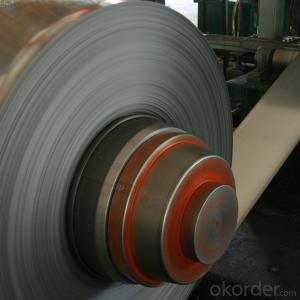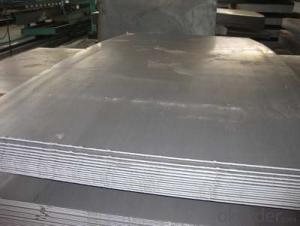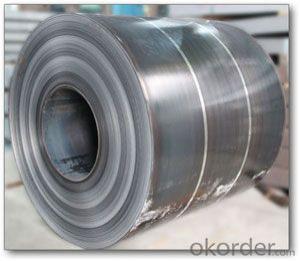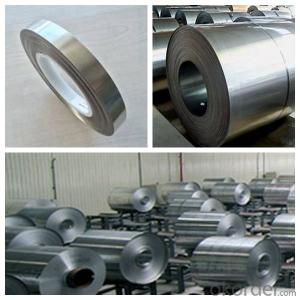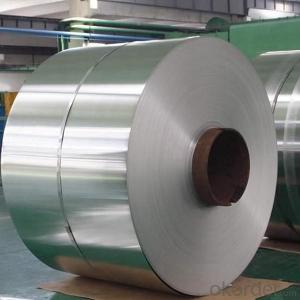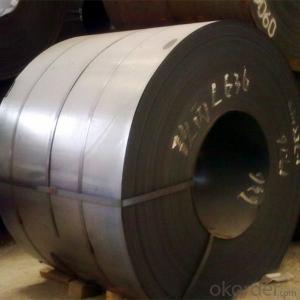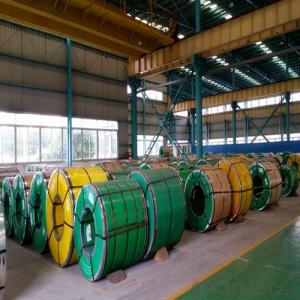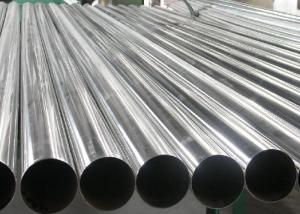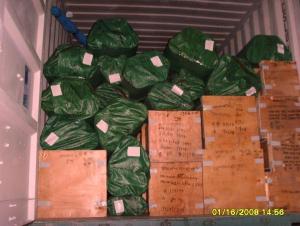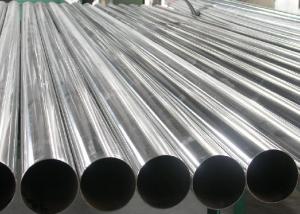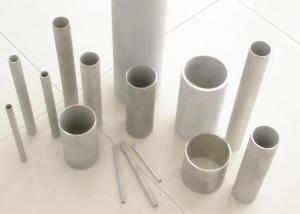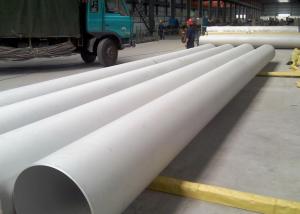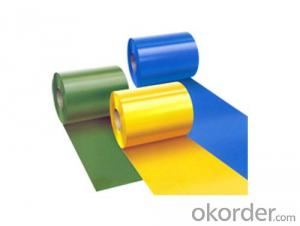Hot Rolled Stainless Steel Coils/Sheets From China Supplier
- Loading Port:
- China main port
- Payment Terms:
- TT OR LC
- Min Order Qty:
- 20 m.t.
- Supply Capability:
- 100000 m.t./month
OKorder Service Pledge
OKorder Financial Service
You Might Also Like
Specification
Specifications for Stainless Steel Coils/Sheets:
Prodcut:Stainless Steel Coil
Thinckness: 0.20mm-8.0mm
Width:1000mm, 1219mm(4 feet), 1250mm, 1500mm, 1524mm(5 feet),
1800mm, 2000mm, 2200mm, 2500mm,and customizable
Ni:0.8~1.2% Cu:1.4~1.5% Cr:14
Standard: ASTM, JIS, GB, BS, DIN etc
Grade: 200series&300series&400series
Surface finish: 2B, BA, 8K, 6K, Mirror Finished, No1, No2, No4, Hair Line with PVC
Manufacture technology: cold rolled/hot rolled
Thickness Tolerance: +/-0.1mm
Width Tolerance: +/-10mm
200 Seriers: 201,202
300 Seriers: 301, 304, 304L, 316L, 309, 310S,321
400 Seriers: 410, 410S, 409L,430
Features of Stainless Steel Coils
(1)Good ductility
(2)Good corrosion resistance
(3)Excellent abrasion resistance and fatigue strength
(4)Good weldability
(5)Oxidation resistant performance
(6)Excellent in high temperature
Packaging & Delivery for Stainless Steel Coils/Sheets:
Packaging Detail Standard export packing or following customer's demand
Delivery Time: Within 30-40 days after deposit or according to the order quantity
Detail picture for Stainless Steel Coils/Sheets
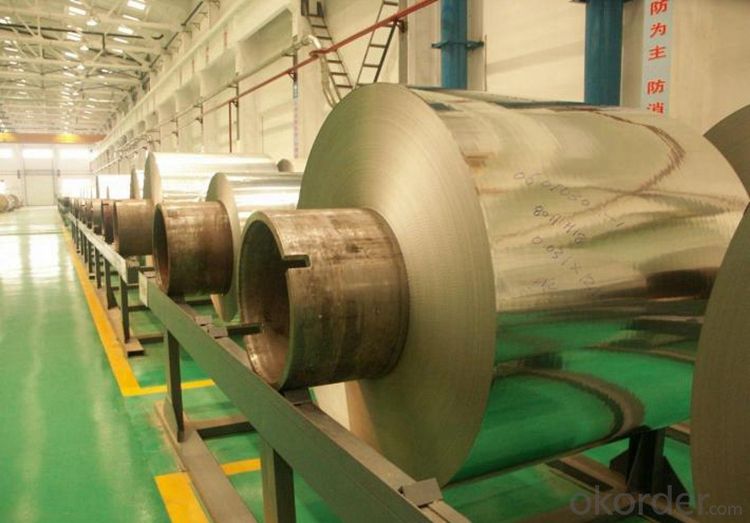
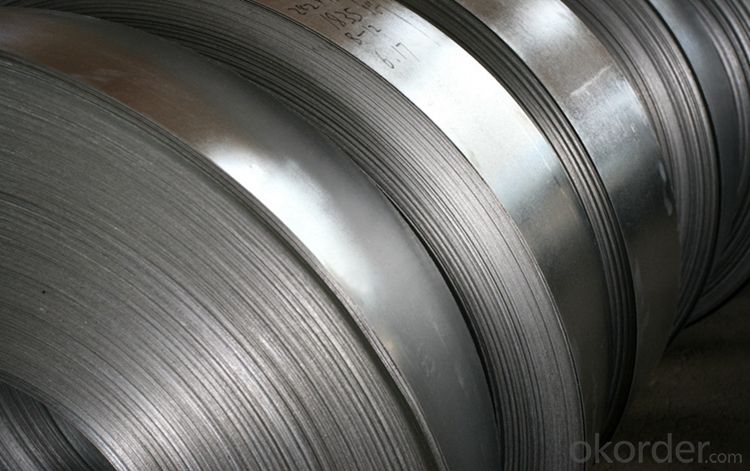
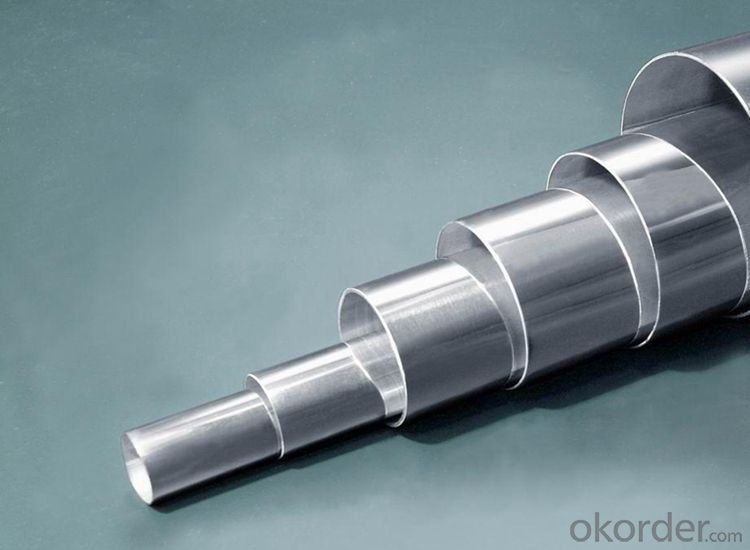
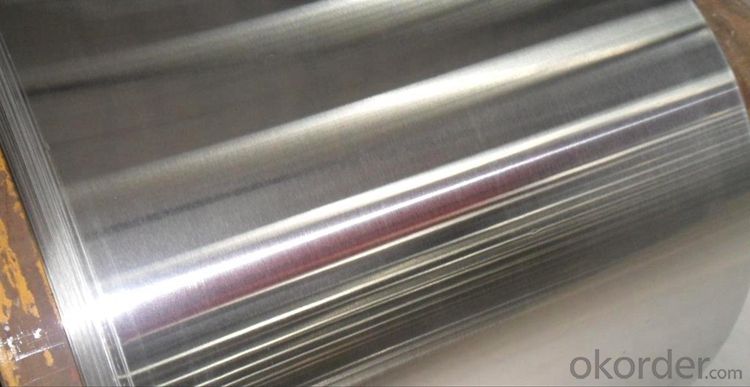
Application for Stainless Steel Coils/Sheets
Finish | Definition | Application |
2B | Those finished, after cold rolling, by heat treatment, pickling or other equivalent treatment and lastly by cold rolling to given appropriate luster. | Medical equipment, Food industry, Construction material, Kitchen utensils. |
BA | Those processed with bright heat treatment after cold rolling. | Kitchen utensils, Electric equipment, Building construction. |
NO.3 | Those finished by polishing with No.100 to No.120 abrasives specified in JIS R6001. | Kitchen utensils, Building construction. |
NO.4 | Those finished by polishing with No.150 to No.180 abrasives specified in JIS R6001. | Kitchen utensils, Building construction, Medical equipment. |
NO.1 | The surface finished by heat treatment and pickling or processes corresponding there to after hot rolling. | Chemical tank, pipe. |
Export Markets for Stainless Steel Coils/Sheets:
Our target market is the international market. Every year we export most of products to countries like India, Pakistan, South Korea, Brazil, Australia, South Africa, Spain, Sri Lanka, Taiwan, Hong Kong, etc.
FAQ for Stainless Steel Coils/Sheets:
Q: How long is the delivery time?
A: Normally 30-40 days, but mostly according to the specific requirements or the quantity
Q: Could you send me sample?
A: We can supply you with the sample for free, but the delivery charges will be covered by customers.
- Q: How do you prevent crevice corrosion in stainless steel sheets?
- To prevent crevice corrosion in stainless steel sheets, there are a few key measures that can be taken: 1. Proper design and fabrication: Ensure that the stainless steel sheets are designed and fabricated with smooth surfaces and minimal crevices. This will reduce the potential for stagnant solution entrapment and minimize the risk of crevice corrosion. 2. Regular cleaning and maintenance: Regularly clean the stainless steel sheets to remove any debris or contaminants that can promote crevice corrosion. This can be done using mild detergents or specialized stainless steel cleaners. 3. Avoid exposure to corrosive environments: Limit the exposure of stainless steel sheets to corrosive environments, such as those containing chloride ions (e.g., saltwater). If exposure is unavoidable, consider applying protective coatings or using higher-grade stainless steel alloys that are more resistant to crevice corrosion. 4. Control the environment: Maintain proper environmental conditions, such as controlling temperature, humidity, and pH levels, to minimize the risk of crevice corrosion. Monitoring and controlling these factors can help create a less conducive environment for corrosion to occur. 5. Regular inspections and maintenance: Conduct regular inspections to identify any signs of crevice corrosion, such as discoloration, pitting, or rough surfaces. If any corrosion is detected, take immediate action to remove it and repair the affected area. By implementing these preventive measures, you can significantly reduce the risk of crevice corrosion in stainless steel sheets, ensuring their longevity and performance.
- Q: Are stainless steel sheets suitable for elevator handrails?
- Yes, stainless steel sheets are suitable for elevator handrails. Stainless steel is a popular choice for handrails in elevators due to its durability, corrosion resistance, and aesthetic appeal. Elevator handrails are subject to constant use and exposure to various environmental factors, such as moisture and fingerprints. Stainless steel is highly resistant to corrosion, ensuring the longevity and maintenance-free operation of the handrails. Additionally, stainless steel has a sleek and modern appearance that complements the overall design of elevators. Its smooth surface is easy to clean and maintain, making it a hygienic choice for handrails in public spaces. Overall, stainless steel sheets are an excellent material choice for elevator handrails.
- Q: Are stainless steel sheets suitable for desalination plants?
- Yes, stainless steel sheets are suitable for desalination plants. Stainless steel is highly resistant to corrosion and can withstand the harsh conditions found in desalination plants, such as exposure to saltwater and high temperatures. It has excellent durability and mechanical properties, making it ideal for use in various components of desalination plants, including piping, heat exchangers, and tanks. Stainless steel also has good hygiene properties, making it suitable for desalination plants that require strict cleanliness standards. Additionally, stainless steel sheets can be easily fabricated and installed, allowing for efficient construction and maintenance of desalination plants.
- Q: What's the difference between 304 stainless steel and 301 stainless steel?
- 301, compared with 304 steel material, C content is much, Cr and Ni content is little, cold processing tensile strength and hardness increased, without magnetism, but after cold processing has magnetism
- Q: How do you remove oil stains from stainless steel sheets?
- To remove oil stains from stainless steel sheets, you can start by wiping the surface with a clean, soft cloth dampened with warm water and mild dish soap. If the stain persists, apply a small amount of vinegar or rubbing alcohol onto the cloth and gently rub the affected area. Rinse with water and dry thoroughly to avoid water spots.
- Q: 904L stainless steel plate generally used in what industry is more?
- Petroleum and petrochemical equipment, such as reactors in petrochemical equipment.* storage and transportation equipment for sulfuric acid, such as heat exchangers.* the main parts of a power plant flue gas desulfurization device are: Tower of absorption tower, flue, screen door, internals, spraying system, etc.. * scrubbers and fans in organic acid treatment systems.* sea water treatment plant, sea water heat exchanger, paper industry equipment, sulphuric acid and nitric acid equipment, acid making, pharmaceutical industry and other chemical equipment,Pressure vessel, food equipment.
- Q: How do you prevent fingerprints or smudges on stainless steel sheets?
- To prevent fingerprints or smudges on stainless steel sheets, it is important to regularly clean and maintain the surface. Use a soft, lint-free cloth and mild detergent to gently wipe the stainless steel, following the grain. Avoid using abrasive cleaners or scrubbing pads as they can cause scratches. Additionally, applying a stainless steel cleaner or polish can create a protective barrier and enhance the resistance to fingerprints.
- Q: What's the difference between stainless steel 304 and stainless steel 202?
- Is the steel of the oxide layer was removed, put a drop of water, rub rub after copper sulfate, such as discoloration, usually stainless steel; such as purple red: nonmagnetic as high manganese steel, magnetic for ordinary steel or low-alloy steel.
- Q: How do you determine the hardness of stainless steel sheets?
- To determine the hardness of stainless steel sheets, several methods can be used. One common method is the Rockwell hardness test, which measures the depth of indentation on the surface of the material. In this test, a diamond cone or steel ball is pressed into the sheet at a specific load, and the depth of penetration is measured. The Rockwell hardness value is then determined based on the depth of the indentation. Another method is the Vickers hardness test, which uses a diamond indenter to create a square-shaped indentation. The size of the indentation is measured and converted into a hardness value. This method is often used for thin materials like stainless steel sheets. Brinell hardness test is another technique that can be used. It involves applying a known load to the material using a hardened steel ball and measuring the diameter of the resulting indentation. The hardness value is then calculated based on the applied load and the diameter of the indentation. In addition to these mechanical tests, there are also non-destructive methods like ultrasonic hardness testing and magnetic hardness testing. Ultrasonic testing measures the speed of sound through the material, which is then correlated to hardness. Magnetic hardness testing measures the magnetic properties of the material, which are influenced by its hardness. Overall, the hardness of stainless steel sheets can be determined using various methods depending on the specific requirements and characteristics of the material.
- Q: Are stainless steel sheets good for heat exchanger tubes?
- Yes, stainless steel sheets are excellent for heat exchanger tubes. Stainless steel has high resistance to corrosion, can withstand high temperatures, and has excellent heat transfer properties, making it an ideal choice for heat exchanger applications. Additionally, stainless steel is durable, easy to clean, and has a long service life, ensuring efficient heat transfer and optimal performance of the heat exchanger.
Send your message to us
Hot Rolled Stainless Steel Coils/Sheets From China Supplier
- Loading Port:
- China main port
- Payment Terms:
- TT OR LC
- Min Order Qty:
- 20 m.t.
- Supply Capability:
- 100000 m.t./month
OKorder Service Pledge
OKorder Financial Service
Similar products
Hot products
Hot Searches
Related keywords
